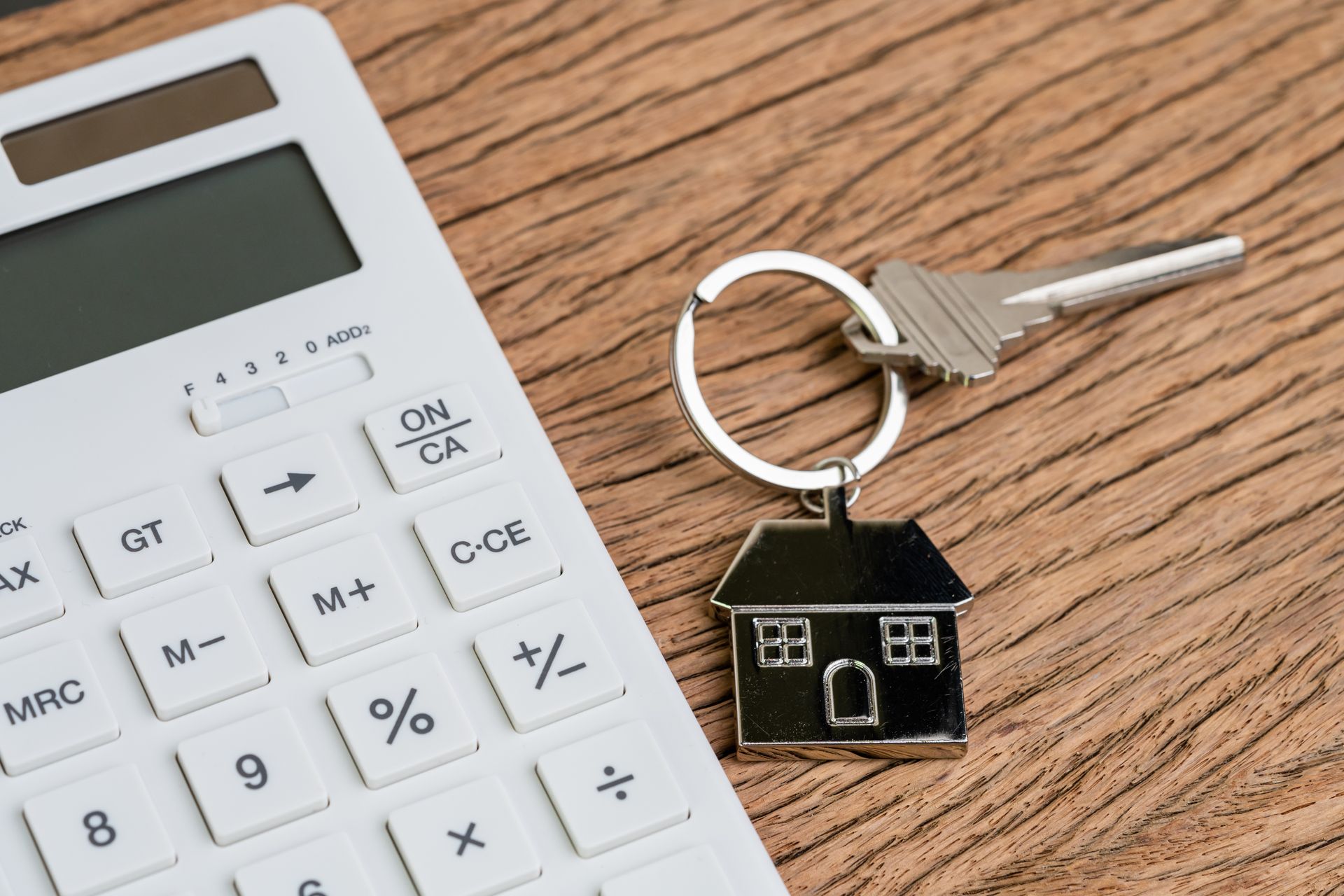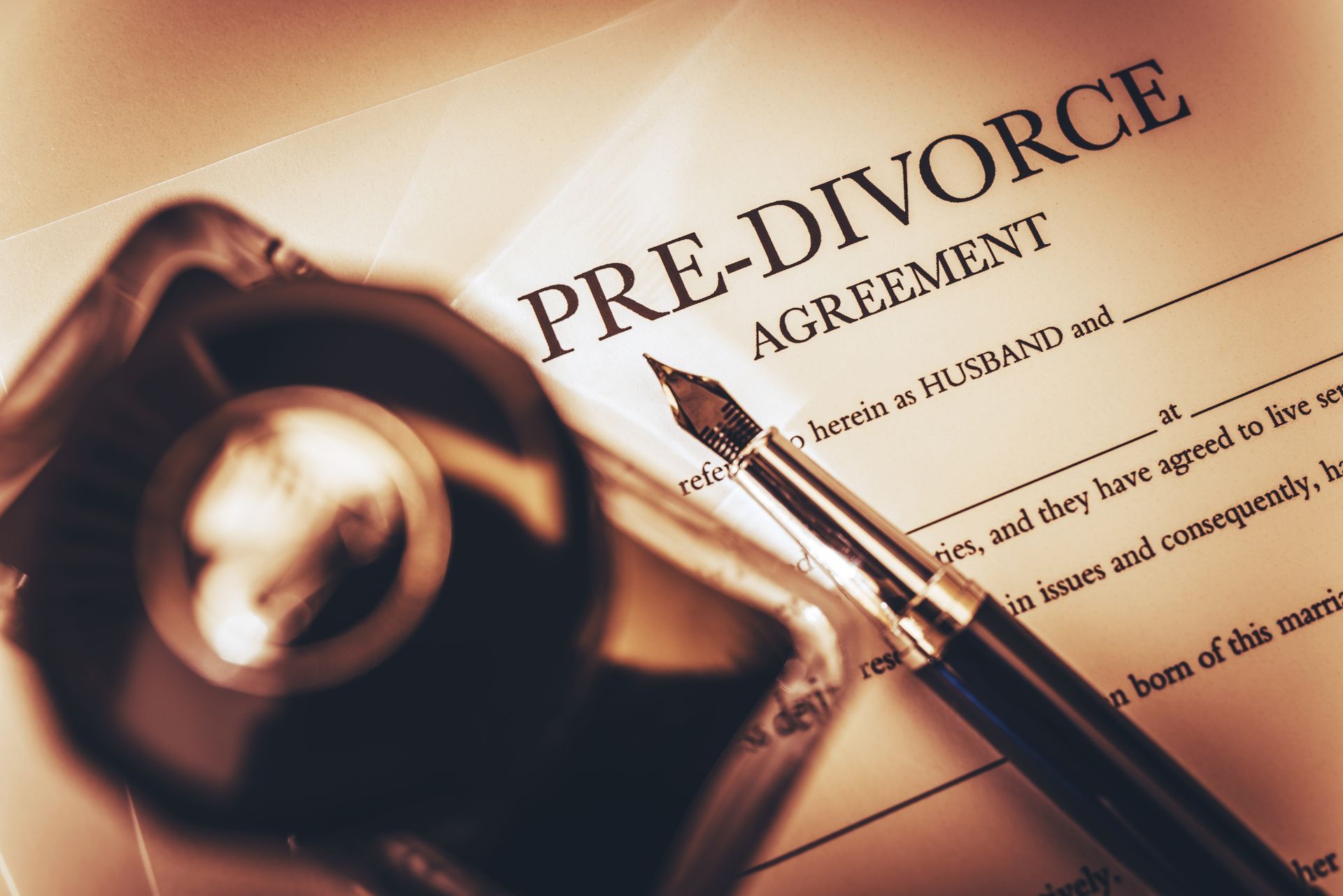How Do I Start Divorce Proceedings in the UK?
You can start divorce proceedings in England or Wales after at least one year of marriage by completing form D8 online or on paper, either jointly or on your own.

As we will discuss in this article, under the ‘no fault’ divorce process, you don’t need to provide a reason for your divorce, but your relationship must have permanently broken down.
What Are the Legal Grounds for Divorce in the UK?
Since the introduction of no-fault divorce in April 2022, there is now only one ground (i.e. reason) for divorce in the UK: that your relationship must have broken down permanently (irretrievably). Under the older divorce rules before April 2022, applicants had to cite one of five possible grounds for divorce – adultery, unreasonable behaviour, desertion, two years of separation with consent, or five years of separation without consent. This is no longer necessary. The law now allows divorces to proceed on the assumption of no-fault. As such, you do not need to provide any evidence for why your marriage has come to an end.
What is a No-Fault Divorce in the UK, and How Does It Work?
No-fault divorce in the UK simply means that you no longer need to prove that the other party was at fault in causing your marriage to break down. All that matters is that the marriage has broken down permanently. You can apply for divorce on your own or jointly with your ex-partner. If you apply as a sole applicant, your ex-partner will be sent an acknowledgement of service and a copy of the application, to which they are required to respond within 14 days.
How Long Does a Divorce Take in the UK?
Divorces in the UK take at least 7 months to complete, from the date of the divorce application to the granting of the Final Order (what used to be called the decree absolute). Divorces take this long because of the mandatory waiting times in the process. You must wait at least 20 weeks from when your divorce application has been received by the courts and issued (i.e. copies sent to both parties) before applying for a Conditional Order. This is often referred to as a ‘cooling-off’ period. A Conditional Order is approval from the courts that your divorce can now go ahead. Once you have a Conditional Order, you have to wait another 6 weeks and 1 day before you can apply for a Final Order.
As such, 20 weeks added to 6 weeks and 1 day gives the 26-week timescale (i.e. half a year). In reality, it is important to allow some extra time for the processing of your application and any requests for additional information. In addition, the timescale may be longer if your ex-partner does not agree with the divorce petition. Remember, your partner cannot stop the divorce process from going ahead, but the courts do need to check if there are any valid reasons not to allow the divorce to proceed (e.g. if you were never in a marriage that is legally recognised in the UK).
Summary of the main steps when applying for a divorce
- Check whether you can get a divorce – you must have been married for over a year, your relationship must have permanently broken down, and your marriage must be legally recognised in the UK
- Decide if you will make a sole or joint divorce application
- Gather any paperwork and information you will need, including your addresses and your original marriage certificate or a certified copy.
- Complete and submit the divorce application form
- Pay the application fee of £593
- The court will send a notice that the application for divorce has been issued
- If you applied as a sole applicant, your ex-partner will receive an acknowledgement of service notification giving them 14 days to state whether they agree with the divorce or whether they have a valid reason to dispute it (e.g. if you are not properly married).
- Apply for a Conditional Order (20 weeks after your divorce application is issued) and
- Apply for a Final Order (6 weeks and 1 day after your Conditional Order is issued) – your marriage will now be officially ended.
What’s the difference Between Divorce and Judicial Separation in the UK?
Divorce leads to the formal legal ending of a marriage, whereas with judicial separation (i.e. legal separation), parties live separately but remain married in the eyes of the law. Judicial separation is more than just an informal separation; it is sanctioned by the courts and enables the division of money and marital assets without bringing the marriage to an end. Another key difference is separating couples must wait a year to divorce, while it is possible to apply for a judicial separation in the first year of marriage.
Judicial separations are commonly undertaken where there are religious reasons against divorcing or couples who want a trial separation before legally ending their marriage or civil partnership.
Final words
We hope that this article has helped you to understand the steps involved in a divorce, the timing, and how divorce differs from judicial separation. Under the new no-fault divorce process in England and Wales, the process of applying for a divorce no longer requires the laying of blame, reducing the level of animosity felt between separating partners.
For a free consultation regarding your divorce or any other aspect of your separation, please call our understanding and caring family law team on 0208 300 6666.














